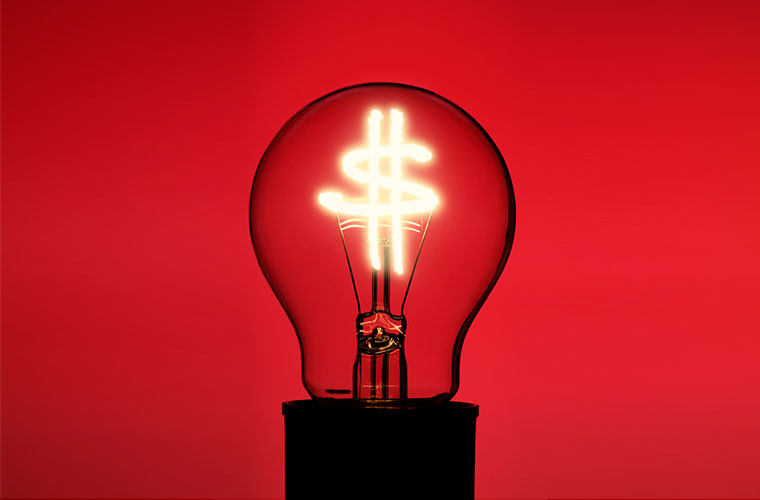With an additional 10% tariff on certain Chinese goods expected to take effect by December 15, industry experts offer tips on how distributors can best communicate and pass price increases along to their customers.
Earlier this month, following unsuccessful negotiations with China, President Trump announced via Twitter that he plans to levy an additional 10% tariff on certain imports from China beginning on September 1, and on others (including many consumer electronics as well as LED fixtures/lighting products and components) on December 15th. With this latest round of tariffs, all imported goods from China, with very few exceptions, will have tariffs levied against them. In retaliation for announcing additional tariffs, the Chinese government further devalued their currency in relation to the U.S. dollar, prompting the U.S. Treasury Department to officially label China as “a currency manipulator.”
According to Alex Ayers, executive director of the Washington, D.C-based Family Business Coalition, “this escalates our trade war with China to the highest level of tension we’ve seen so far and it’s now far more likely that we’ll see this trade dispute continue into 2020, where it will become an election issue.”
Even before the announcement of additional tariffs, Ayers said that the impact of previous tariffs on Chinese imports has been very visible. Among other outcomes, “China has fallen from our nation’s largest source of goods to our third largest, behind Mexico and Canada,” he said. “These additional tariffs — mostly on consumer goods such as cell phones and other electronics — could further decrease imports,” Ayers predicted, noting that it’s unlikely that manufacturing will return to the U.S. as President Trump wants.
Tips for the Trade
As the Chinese tariff saga continues to play out and impact everyone from manufacturers to end-users, so does the need for distributors to ultimately pass on the inevitable price increases to their customers. While communicating and executing price increases is never easy and can often ruffle many a feather, there are proven ways to approach it that can help achieve the objective without jeopardizing customer relationships.
Following, industry experts Aki Merced, sales and marketing guru and B2B author with Handle.com, a leading provider of construction payment software, and Gerry O’Brion, founder of What Big Brands Know, share their top tips for successfully communicating and passing on a price increase:
- Be Direct — “Telling customers about a price increase is always difficult, but you can cushion the ‘pain’ by being direct,” Merced shared. “Sending a letter — preferably before the price increase kicks in — is the best way. Lay down the context by being up-front about the new tariffs and including a link or two to the government announcement. Also, let customers know that you’ve made the effort internally to ensure that they’re protected from a sudden price spike so that you don’t sound like you’re just directly passing on the tariffs to them.”
- Offer Compassion, But No Apologies – “While you want to show compassion, don’t apologize for the increases, as that will signal that you’re somehow responsible for the increase and/or that you chose to increase prices (as opposed to having to increase them),” Merced advised. “Designate someone internally who can talk to the customers who will call about the increases and make sure that they’re prepared to address questions and concerns.”
- Follow Up – When dealing with B2B clients (vs. retail consumers), Merced recommends following up with a call or physical visit right after sending the letter. “Consider making the visit to your best customers before sending out the letter, as it will give you the opportunity to be there when the customer ‘airs out’ their concerns regarding the increase,” she said. “Be prepared to share the steps you’ve taken to protect them and avoid a larger increase; for example, by telling them that you frontloaded orders from manufacturers as much as you were able to, allowing you to limit or delay the increase to give them more time to prepare. Shift some of the responsibility here by saying that order volume was limited in anticipation of the impending tariffs, and so on,” she suggested.
- Leverage Liquidity – “If you indeed have the inventory, you can use this opportunity to get some liquidity by offering original prices for orders paid in cash for a very limited time,” shared Merced of a strategy that’s particularly applicable to customers who have historically enjoyed longer payment terms.
- Prepare for the Pushback – “It will come,” Merced confirmed, “but be firm in your reasoning and don’t flip flop about the prices. If you’re running a pre-increase promotion, make sure that you stick to your guns and emphasize that you’re simply not able to offer the products at the same price after the promotion period because of external reasons (the tariff increase, manufacturer-side price increases, etc.).
- Be Honest and Transparent – “The impact of tariffs is no surprise to anyone; the businesses you serve know that the impact is going to come at some point,” O’Brion said. “Key strategies will be honesty, transparency, communication, and partnership. We’re all in this together, so don’t get political or take sides on whether the tariff situation is good or bad – it just is,” he said. “Tell your customers what you’re doing today and what you’ll be doing in the future as the situation continues to play out.”
Tagged with economy, lightED, tariffs
